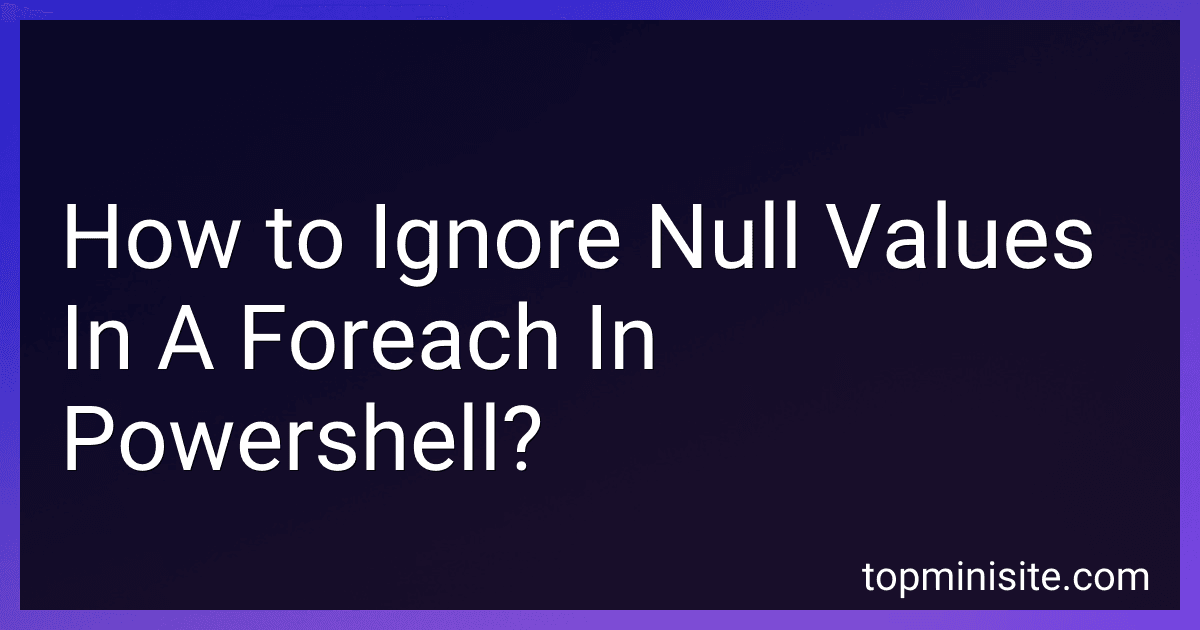Best PowerShell Script Tools to Buy in December 2025
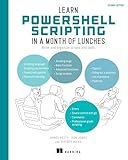
Learn PowerShell Scripting in a Month of Lunches, Second Edition: Write and organize scripts and tools


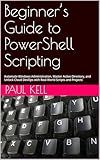
Beginner’s Guide to PowerShell Scripting: Automate Windows Administration, Master Active Directory, and Unlock Cloud DevOps with Real-World Scripts and Projects



PowerShell for Penetration Testing: Explore the capabilities of PowerShell for pentesters across multiple platforms


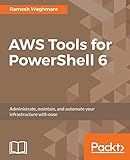
AWS Tools for PowerShell 6: Administrate, maintain, and automate your infrastructure with ease


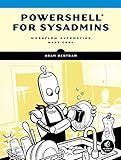
PowerShell for Sysadmins: Workflow Automation Made Easy


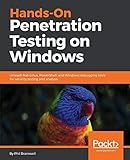
Hands-On Penetration Testing on Windows: Unleash Kali Linux, PowerShell, and Windows debugging tools for security testing and analysis


In PowerShell, you can ignore null values in a foreach loop by using an if statement to check for null values before processing the item. You can use the -ne operator to check if the item is not equal to $null before performing any operations on it. This way, you can skip over null values and only process non-null values in the loop. By incorporating this check into your foreach loop, you can effectively ignore null values and prevent any errors that may arise from attempting to work with null objects.
What is the syntax for filtering out null values in a foreach loop in powershell?
In PowerShell, you can use the following syntax to filter out null values in a foreach loop:
$array = @(1, 2, $null, 4, $null, 6) foreach ($item in $array | Where-Object { $_ -ne $null }) { Write-Host $item }
In this example, the Where-Object cmdlet is used within the foreach loop to filter out any null values in the $array variable before processing each item.
What is the workaround for ignoring null values in a powershell foreach loop?
One workaround for ignoring null values in a PowerShell foreach loop is to use a conditional statement within the loop to check if the value is null before performing any operations on it.
For example, let's say you have an array of values and you want to iterate over them in a foreach loop, but some of the values may be null. You can modify the loop as follows:
$values = @(1, 2, $null, 4, $null, 6)
foreach ($value in $values) { if ($value -ne $null) { # Perform operations on non-null values Write-Host "Value: $value" } }
In this example, the conditional statement if ($value -ne $null) checks if the value is not null before executing the code block within the loop. This way, any null values are ignored, and only non-null values are processed.
How to efficiently deal with null values in a powershell foreach loop?
There are a couple of ways to efficiently deal with null values in a PowerShell foreach loop:
- Check for null values within the loop: You can use an if statement to check if the value is null before performing any operations on it. For example:
foreach ($item in $list) { if ($item -ne $null) { # Do something with the item } }
- Use the Where-Object cmdlet to filter out null values before iterating over the collection. For example:
$list | Where-Object { $_ -ne $null } | ForEach-Object { # Do something with the item }
- Use the -ne operator to exclude null values directly within the foreach loop declaration. For example:
foreach ($item in $list | Where-Object { $_ -ne $null }) { # Do something with the item }
By using these approaches, you can efficiently handle null values in a PowerShell foreach loop without impacting the performance of your script.
How to smoothly deal with null values in a powershell foreach loop to avoid errors?
To smoothly deal with null values in a PowerShell foreach loop and avoid errors, you can add a condition to check for null values before processing them. Here is an example code snippet to demonstrate how to handle null values in a foreach loop:
$items = @("item1", $null, "item3", $null, "item5")
foreach ($item in $items) { if ($item -ne $null) { Write-Output $item } else { Write-Output "Null value found, skipping..." } }
In this example, the foreach loop iterates over the items in the array $items. Before processing each item, it checks if the item is null using the -ne $null condition. If the item is not null, it is processed normally. If the item is null, a message is outputted stating that a null value was found and it is skipped.
By adding this condition to check for null values before processing them in the foreach loop, you can smoothly deal with null values and avoid errors in your PowerShell script.
How to gracefully handle null values during a foreach iteration in powershell?
There are a few ways to gracefully handle null values during a foreach iteration in PowerShell. One approach is to use an if statement to check for null values before processing the item in the loop. Here's an example:
$items = @("item1", $null, "item3", $null, "item5")
foreach ($item in $items) { if ($item -ne $null) { Write-Output "Processing item: $item" # Do something with the non-null item } else { Write-Output "Skipping null value" } }
Another approach is to use the Where-Object cmdlet to filter out null values before the foreach loop. Here's an example:
$items = @("item1", $null, "item3", $null, "item5")
$nonNullItems = $items | Where-Object {$_ -ne $null}
foreach ($item in $nonNullItems) { Write-Output "Processing item: $item" # Do something with the non-null item }
By using these methods, you can gracefully handle null values during a foreach iteration in PowerShell.
